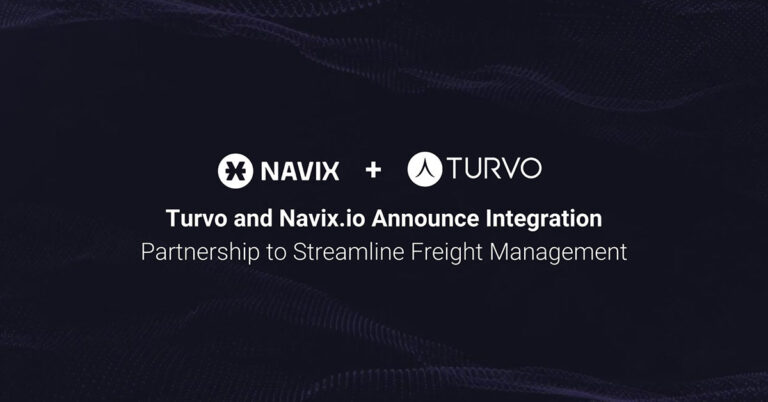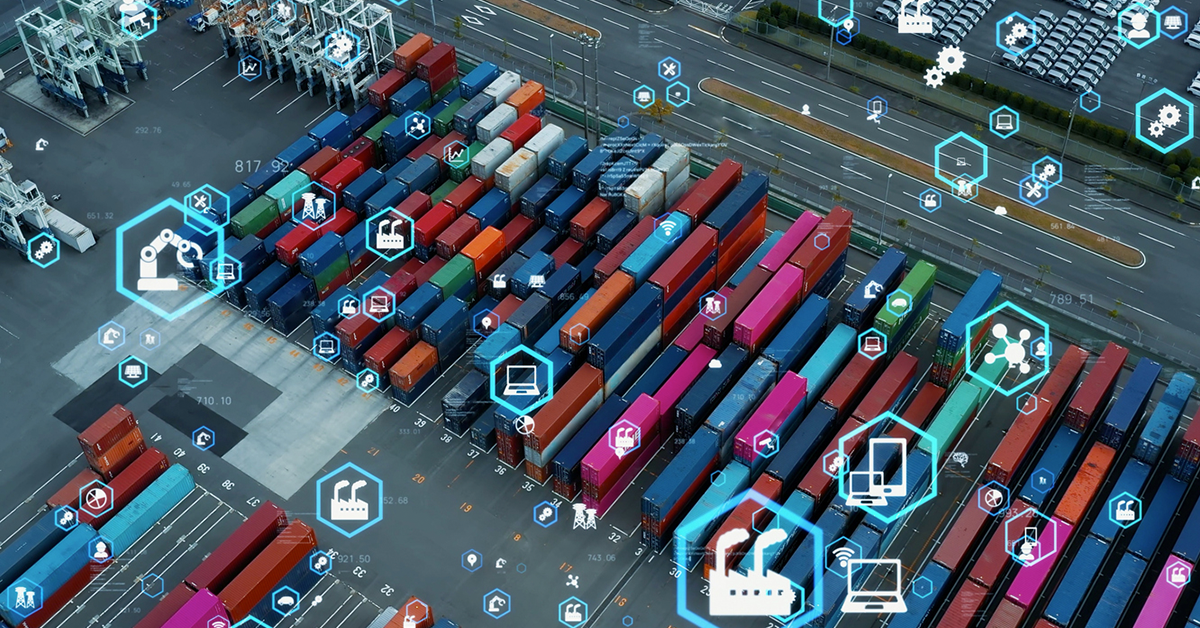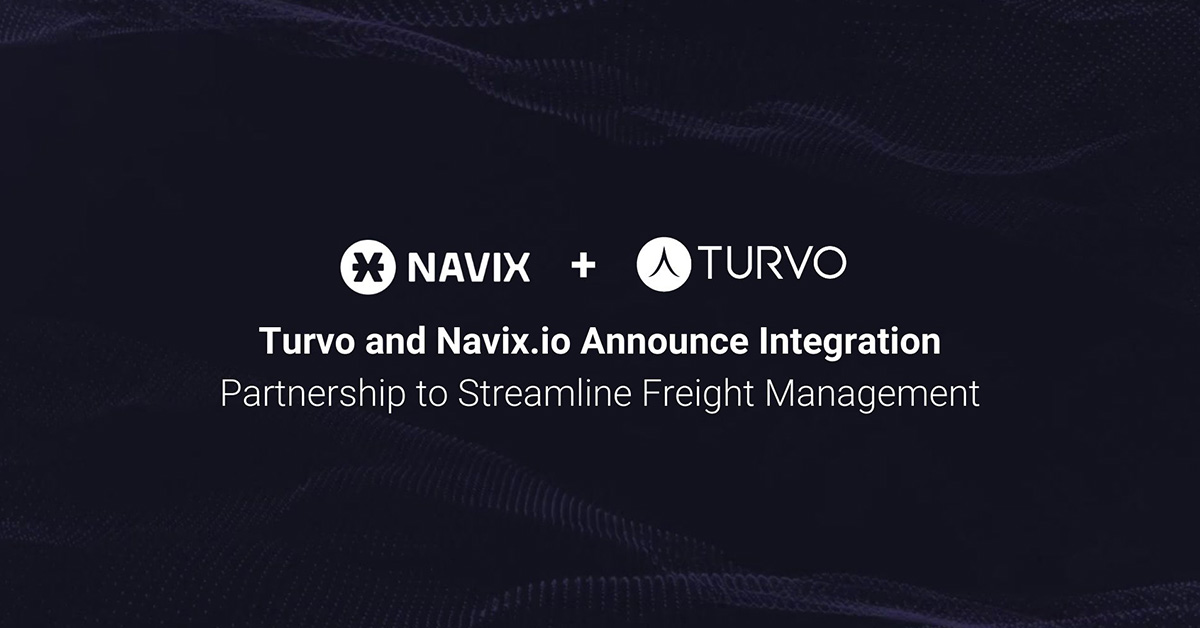Changes are frequently happening within the freight and shipping industry, and no exception compares, around the nation or the world, to the effects of the COVID-19 pandemic. Keeping up with demands and limitations, overcoming obstacles and challenges, and delivering quality goods and services continue to be the most significant issues facing the logistics industry today. Those with a strategic focus on freight transportation improvements, such as using predictive analytics and advanced collaborative resources, have more durability and resilience during these times.
Consider this, reports Kevin Hill via Global Trade Magazine, “The supply chain constantly changes, which in turn, affects the logistics organization. You must implement a logistics strategy to ensure that you can adapt to the supply chain’s flexibility. A logistics strategy allows you to identify how imminent changes impact the company so that you can make the necessary organizational or functional changes to ensure service levels are not reduced.” In other words, a flexible, future-proof supply chain is always in a state of evolution toward the next level of efficiency and implementation.
Freight Transportation Improvements With Increased Visibility
One critical part of implementing a new freight management strategy is identifying and addressing transportation effectiveness problems. Often, the issues reside within limited visibility and an inability to execute on critical data. These issues can ultimately threaten all shipping, tracking, and management processes. The most effective way to implement freight transportation improvements is to embrace a transparent chain, possessing end-to-end visibility across all platforms and parties. Without visibility in supply chain activities and real-time data, companies end up relying on outdated data. That will inevitably derive poor insights, if not disastrous consequences. In an environment of real-time data flows that are easily shared and visible across the supply chain network, miscommunications decline and issues are addressed more quickly and resolved with less risk of overall disruption.
Automation Streamlines Processes and Improves Transportation Management Strategies
Automation in freight transportation and implementation helps companies reduce inefficiencies, improve overall success rates, and boost customer satisfaction. Remember that various inefficiencies remain a top concern among all aspects of the transportation industry. To overcome them, logistics professionals need freight transportation improvements, typically through increased visibility to mitigate disruptions. In fact, according to Deloitte, “Fortunately, new supply chain technologies are emerging that dramatically improve visibility across the end-to-end supply chain, and support companies’ ability to resist such shocks. The traditional linear supply chain model is transforming into digital supply networks (DSNs), where functional silos are broken down, and organizations become connected to their complete supply network to enable end-to-end visibility, collaboration, agility, and optimization.”
Embracing any number of freight transportation improvements can make a meaningful impact. For example, consider these uses of automation in supply chain management improvements:
- Applying real-time anomaly detection as a form of automated exception management.
- Sharing real-time status updates to keep all freight management parties informed and apprised of changes in shipment status.
- Avoiding potential delays in dock management by using automation to optimize appointment schedules and manage labor resources.
- Streamlining the payment process with automated auditing protocols and using a digital settlement solution to shorten the payment clock.
Real-Time Data Makes it Easier to Meet Customer Needs and Demands
The various demands of customers change in tandem with the world, and supply chains must adapt to meet those needs. Customers want more convenience and a better guarantee of safety and effectiveness. Shippers and transportation service providers can meet those needs by collecting and sharing real-time data. This shift will only continue growing as new suppliers and businesses rise to meet the changing times with freight transportation improvements, including collaborative logistics and user-friendly platforms. With technology changing everywhere customers look and with so much of it at the clients’ and customers’ fingertips, supply chain leaders must keep up with the times. Making the best choices for customers, clients, drivers, shippers, and management requires up-to-date, real-time data. If a decision could adversely impact delivery time or costs, only with a clear and complete data view can shippers make the harsh decisions and mitigate losses, all while guaranteeing a superior customer experience.
Get a Strategic Advantage in Transportation Management by Using the Right Collaborative Logistics Platform
It’s time the shipping and transportation industry moved into the digital age. Shipping managers and logistics service providers (LSPs) must embrace the freight transportation improvements to enable disruption-resistance, adaptability, and stability through these trying times. Contact Turvo to get started with your collaborative logistics strategy. See how even small changes and improvements to the freight management process can yield excellent results.








